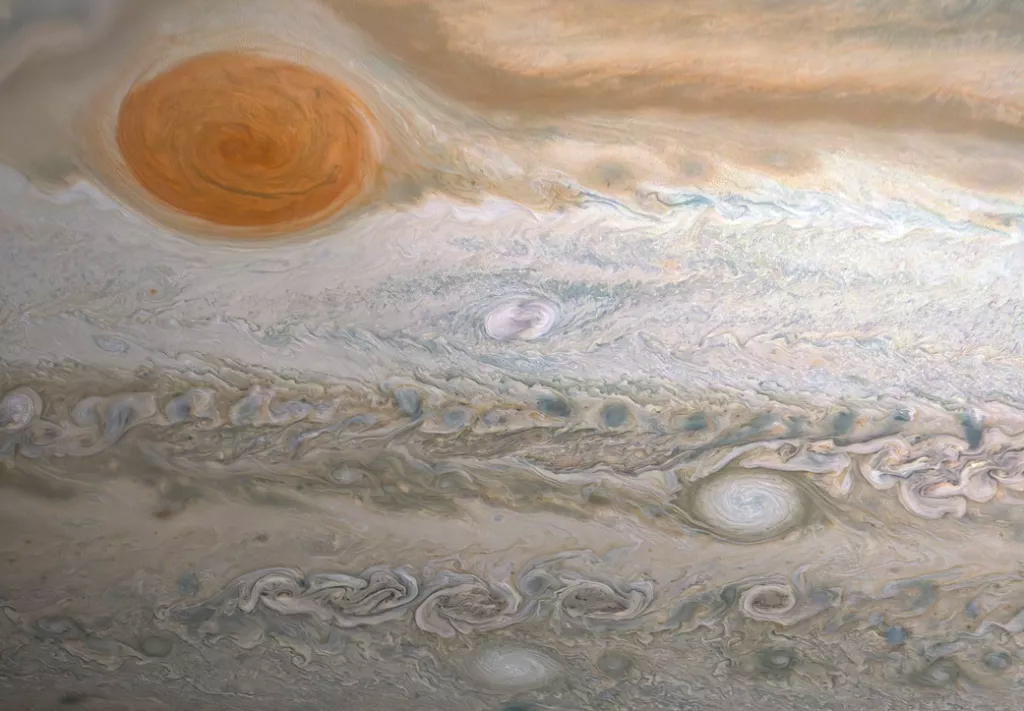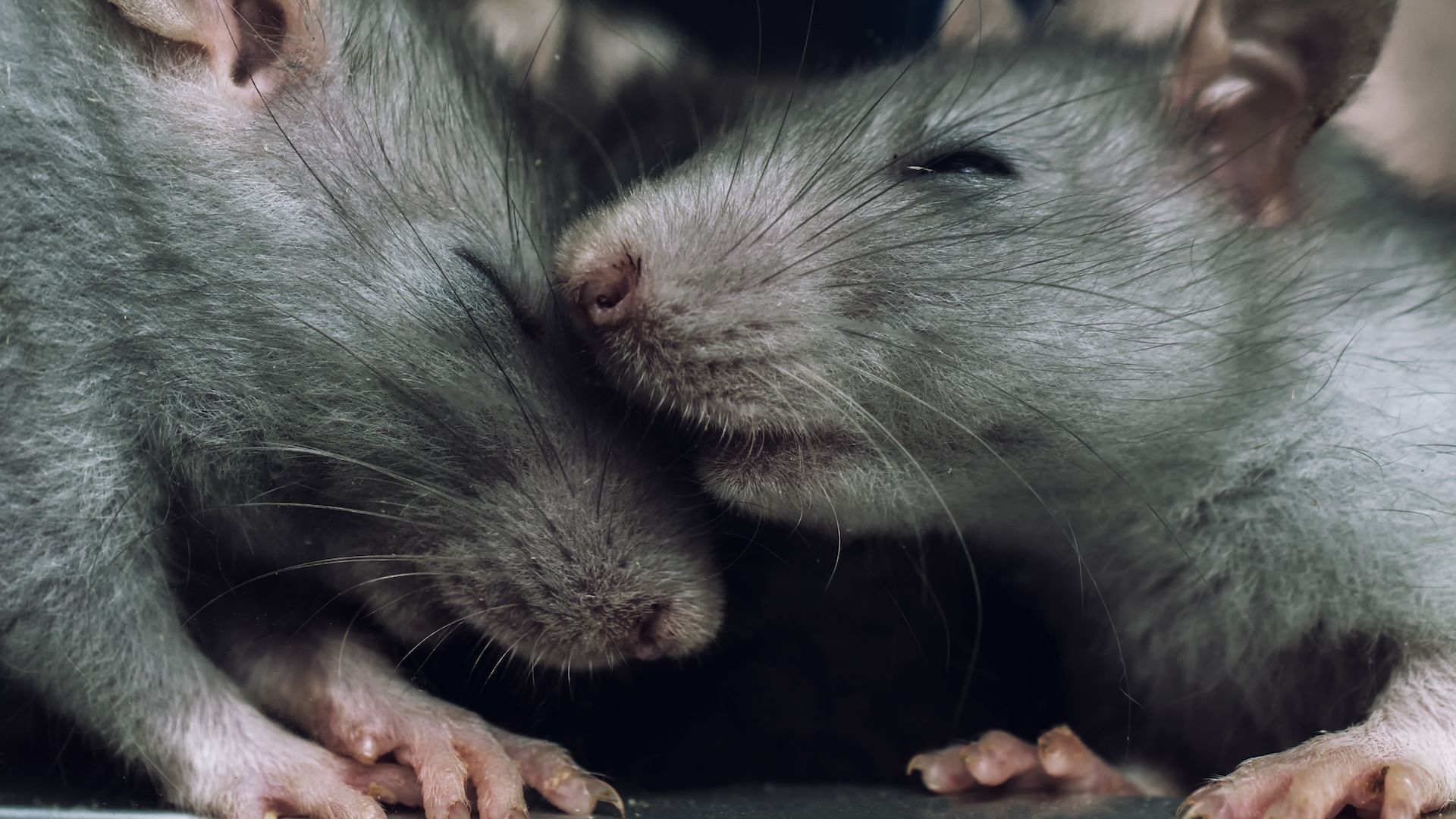Jupiter
Latest about Jupiter

Jupiter hit by another space rock in rare views captured by Japanese skywatchers
By Meghan Bartels published
It's tough to be the biggest planet in the solar system, and this fall Jupiter is taking a beating.

Jupiter's Great Red Spot is not only shrinking. Its winds are also speeding up.
By Elizabeth Howell published
A decade of Jovian storm-chasing paid off for the Hubble Space Telescope.

Jupiter just got smacked by a space rock and an amateur astronomer caught it on camera
By Mike Wall published
Brazilian observer José Luis Pereira captured a bright flash on the solar system's largest planet on Sept. 13, memorializing the fiery death of a space rock high in the Jovian atmosphere.

Could a spaceship fly through a gas giant like Jupiter?
By JoAnna Wendel published
These planets are mostly made of gas, but a spaceship would have a rough time trying to get through a giant planet like Jupiter or Saturn.
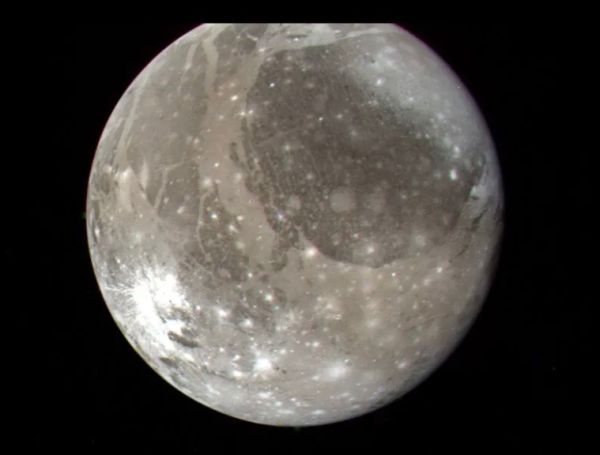
Water vapor detected on huge Jupiter moon Ganymede for 1st time
By Charles Q. Choi published
In the wisp-thin sky of Jupiter's moon Ganymede, the largest satellite in the solar system, astronomers have for the first time detected evidence of water vapor, a new study finds.
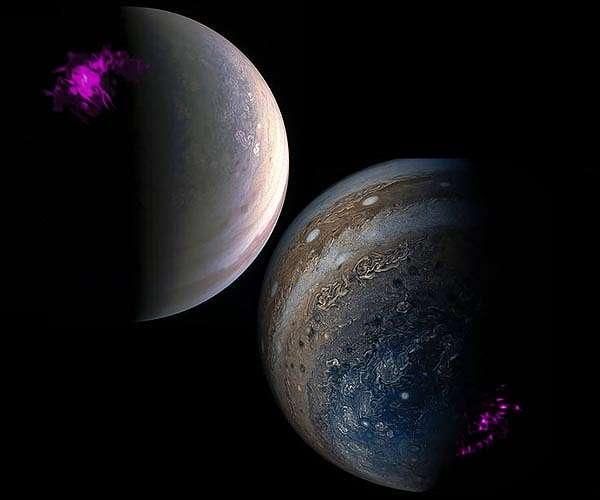
Mystery of Jupiter's powerful X-ray auroras finally solved
By Charles Q. Choi published
Mysterious flares of X-rays from Jupiter's auroras suggest that the giant planet's "northern lights" may possess unexpected similarities with those of Earth, a new study finds.
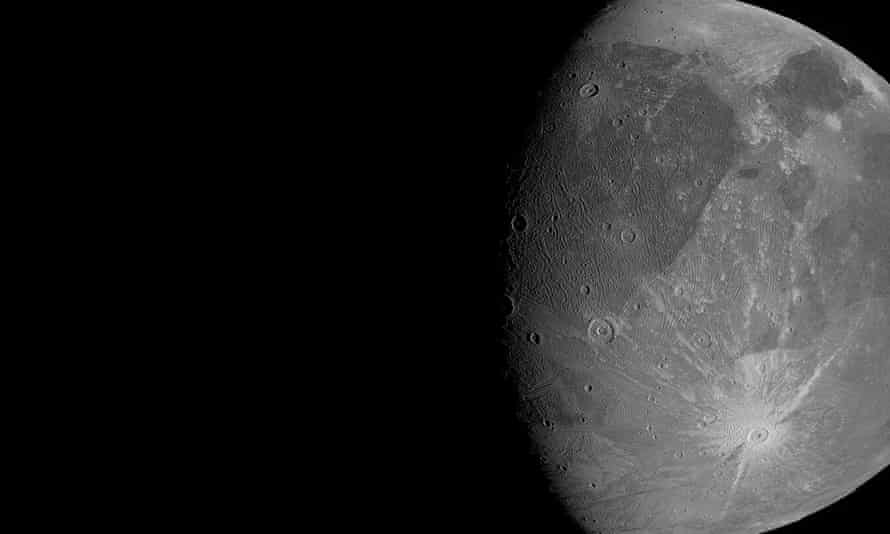
Jupiter's largest moon revealed in stunning detail in first close-up images in 20 years
By Ben Turner published
These are the first close-ups of Ganymede in over 20 years.

Glowing 'dawn storm' auroras that blaze in Jupiter's morning skies are born in darkness
By Mindy Weisberger published
New images of Jupiter's polar auroras, captured by the Juno spacecraft, revealed the full cycle of intense and unusual polar light displays.
Sign up for the Live Science daily newsletter now
Get the world’s most fascinating discoveries delivered straight to your inbox.
